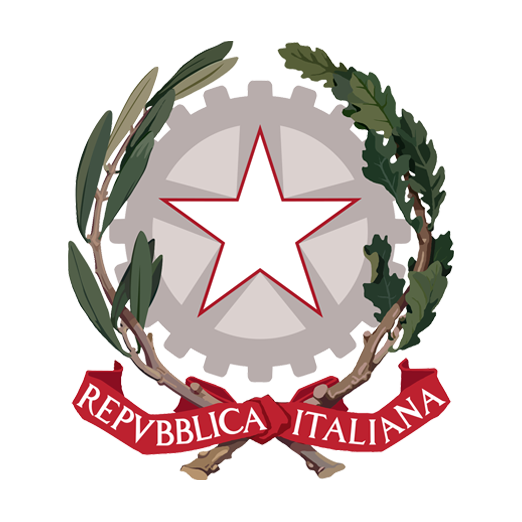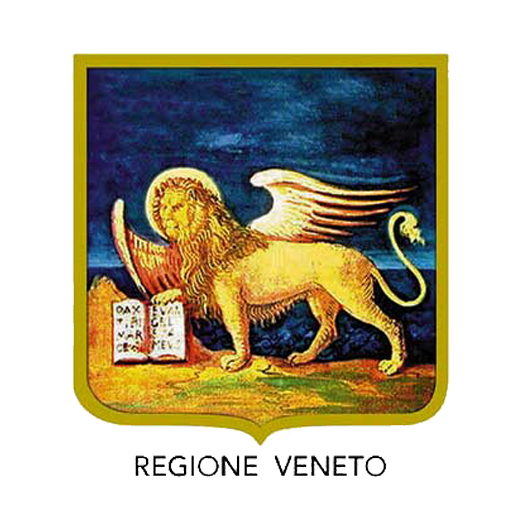Villa Vigna Contarena
Via Cappuccini, 11
Villa Vigna Contarena, also known as Villa Contarini degli Scrigni, is one of the most fascinating historic homes in Este. Located at the foot of Monte Murale, the villa is surrounded by a large park that extends to the walls of the Carrara castle, and the main entrance is located in Via Cappuccini. The current building, built in the early seventeenth century, represents the expansion of a previous construction and belongs to the heritage of the villas built by the Contarini family during the rule of the Serenissima Republic, which in the fifteenth century also involved the Euganean area. The client of the villa, Giorgio Contarini, a member of the San Trovaso branch known as "degli Scrigni," wanted to include several structures, including a vegetable garden and other appurtenances. At the beginning of the eighteenth century, the villa was enriched by a neoclassical pronaos with elbow steps and Ionic columns. The facade is embellished with a refined dormer surmounted by a tympanum. The interiors of the villa are decorated with great value. In the atrium, painted lunettes and niches enclose allegorical figures such as Meekness and Charity. The main hall features mythological scenes, including Diana and Endymion, Apollo and Daphne, and others related to the myths of Apollo and Diana. These frescoes, created between the end of the seventeenth century and the beginning of the eighteenth century, are characterized by a style that combines Baroque and Rococo elements. On the second floor, other decorations depict the Seasons and the Cardinal Points, as well as additional mythological figures brought to light with recent restorations. A distinctive element of the property is the “Secret Garden”, a garden enclosed by a wall, enriched with stone seats and niches that once housed statues. This space, conceived as a Renaissance hortus conclusus, housed archaeological finds collected by Giorgio Contarini, transforming the residence into a small museum. The collection of Roman inscriptions was later donated to the Municipality of Este by Count Cristiano Haugwitz, owner of the villa since 1805, contributing to the creation of the Stone Museum, precursor of the current National Atestino Museum. In the park of the villa there are imposing trees such as a Macedonian pine, cypresses and hornbeams, as well as the tomb of Count Haugwitz, who spent the last years of his life in the villa and was buried there in 1832. Currently, the villa is owned by the Caporali family, who completed a major restoration in 2024 and made some rooms available for tourist rental, offering visitors the opportunity to stay in a place rich in history and charm.






